PLANTS
First up, take a trip to your local nursery. They’ll have a succulent and cactus section, but if you can’t see it, ask someone. Nursery people are lovely folk – I promise unlike Bruce they won’t bite!
Succulents are fascinatingly symmetrical, organic and dry loving – all their water needs are locked up in their thick juicy leaves. Their shapes resemble an underwater scene but they only need a squirt of water to survive –they’ll even take temperatures up to 50 degrees C.
Start with violet, silver, pink and blue-grey shades of the flower-shaped, Armageddon proof, hen and chicks (Echeveria spp.). Add as many miniature rosettes of house leeks (Sempervivums) you can afford and whack in three taller seaweed green Euphorbia trigona. Scatter colourful jelly beans (Sedum x rubrotinctum); luminescent Sedum ‘Gold Mound’ around the edges and some spiky ‘corals’ of agave. I’d also go for Kalanchoe ‘Flapjacks’ with rose pink edges.
Succulents propagate easily from leaves or pieces of stem. And some succulents change colour in winter! Leaf margins and tints can completely change for a winter scene only to change back again in spring.
POSITION
Unlike underwater coral, these guys like it hot, sunny, and dry – perfect plants for careless (I mean busy!) green thumbs. Find a spot bathed in sun. We used a shallow pot because succulents don’t need much depth to grow (around 5cm in most cases!). Fill the pot to the brim with a sandy succulent mix (or if you’ve chosen a sunny garden bed, heap it up with the same sandy mix.) Fill the pot with mix in situ as it can get rather heavy! Drainage is vital with succulents, so a pot is a perfect choice. If the pot is tall, half-fill it with polystyrene balls first to keep things light (I wish we’d taken our own advice there – ours is still waiting for the X-Men to move it).
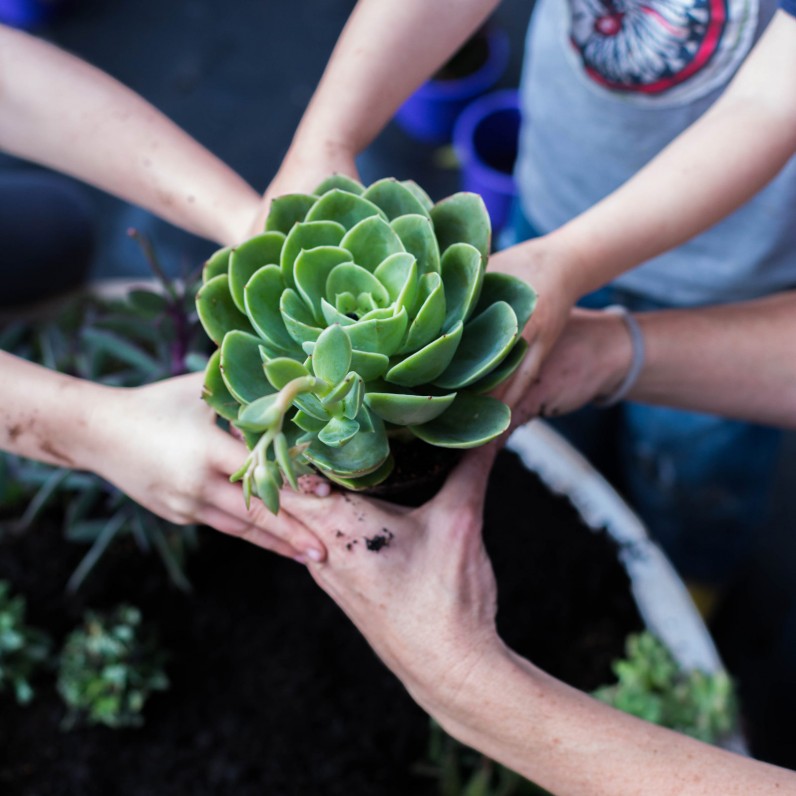
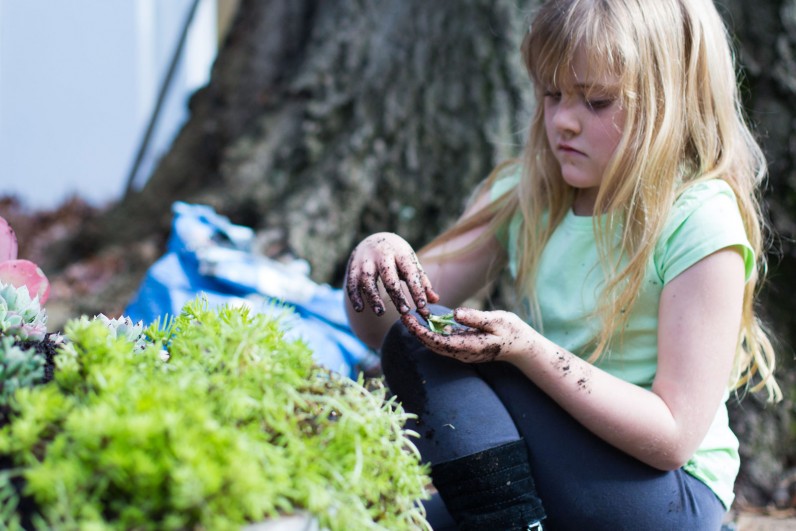
DESIGN
Plant the most eye-catching succulents first and create patches of three, all-natural-like, just as coral would inhabit a rock shelf. Off centre works best as does a little colour repetition. Soften with spill-over plants. Those who haven’t crammed their succulents in too close (oops) can use rounded rocks and a sand mulch to finish the scene.
CARE
You will need to ‘coralscape’ your patch, removing withered or fungus-spotted outer leaves to make way for new colours to pop. Also if your kids are as ‘curious’ as mine, they’ll rip off leaves and stems – so the ‘coral’ will get likely harmed in the making of your reef. Don’t despair – just stick them into the soil and miraculously they’ll regrow. Some plants will get too big and need to be reined in. Older mother coral will make smaller babies around their bases. Remove the larger plants to make way for the next generation.
WATCH OUT!
Rotting of the root zone, not coral bleaching or climate change, is the number one enemy of your coral reef. Keep your coral dry during autumn and winter and water only in the warmer growing seasons. Let’s hope our beautiful Great Barrier Reef lives as long as your potted, pocket-sized one.
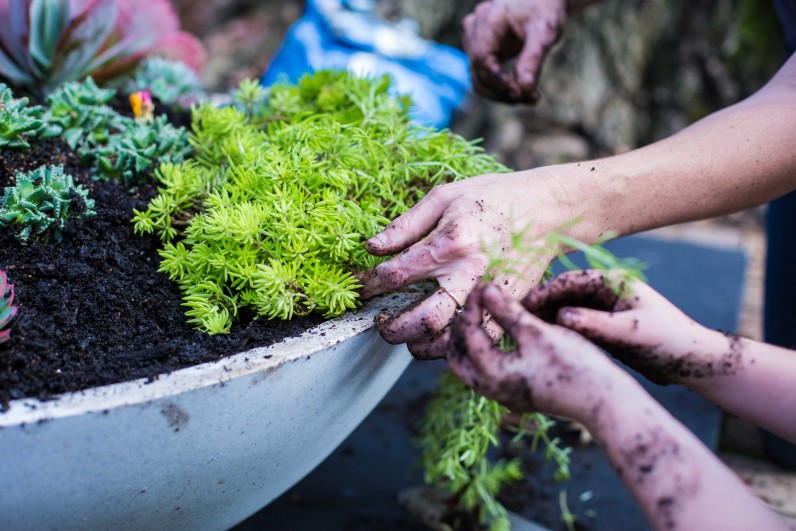
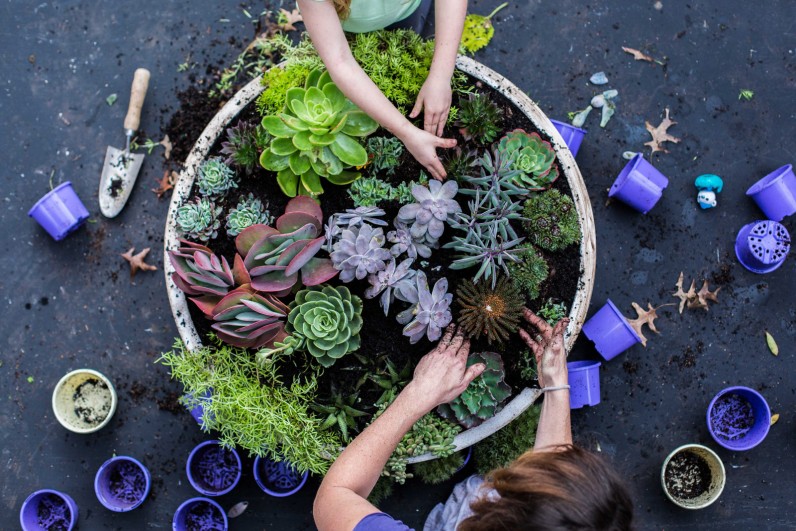
Finally…
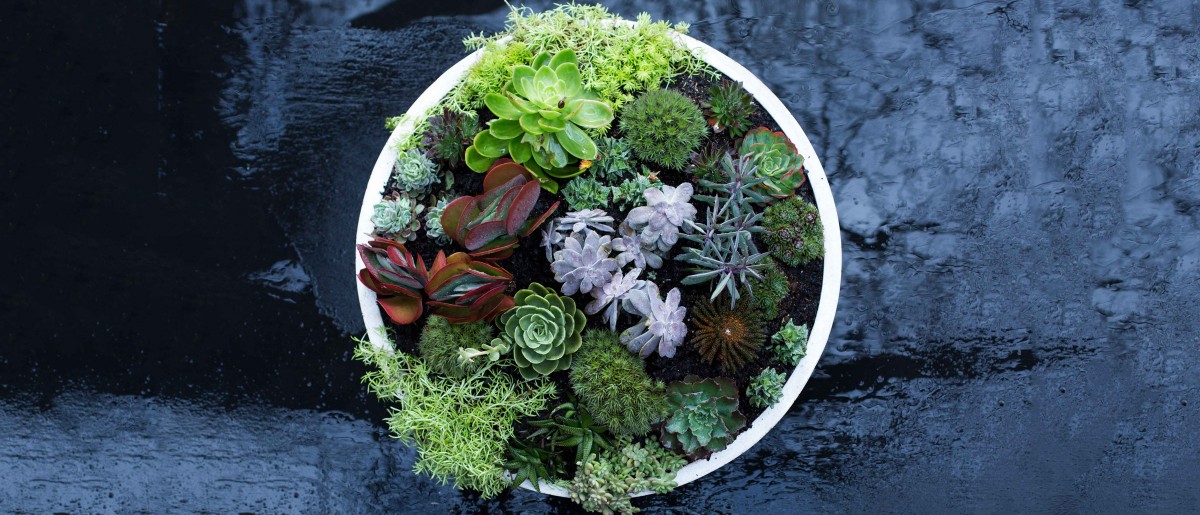








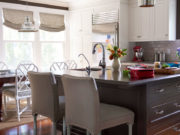
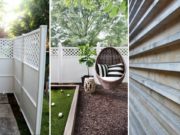

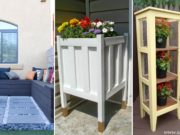




Comments are closed.